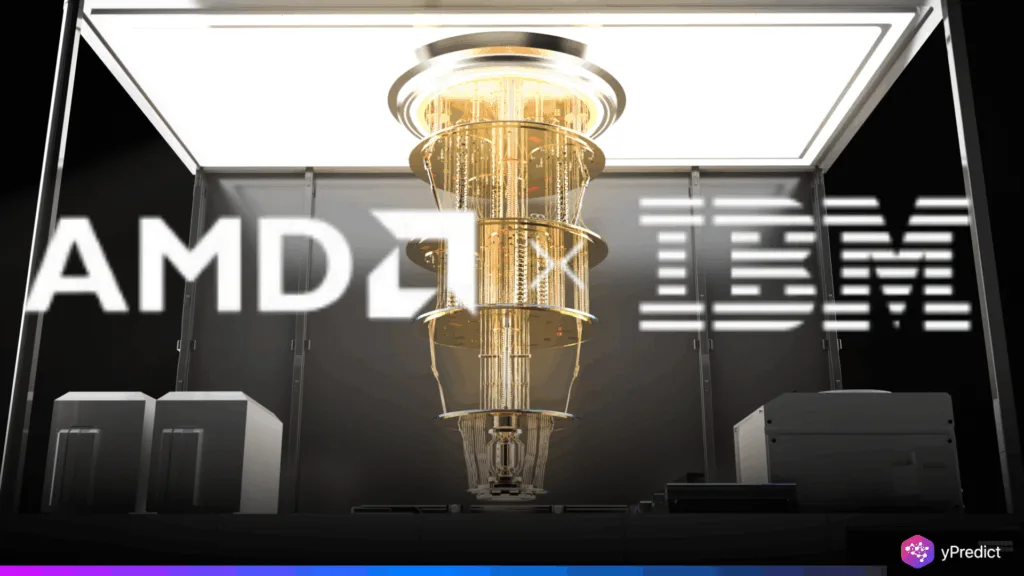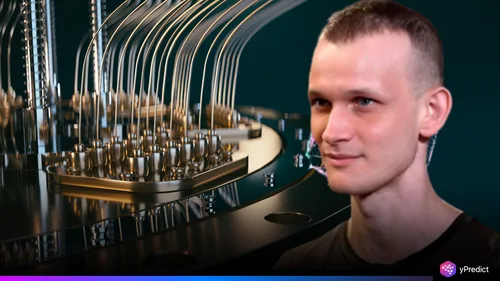
IBM and AMD have recently entered into a serious collaboration to develop next-generation computing systems that can combine quantum computers with high-performance classical computers. The emerging quantum-centric supercomputing seeks to blend emerging quantum technology capabilities with today’s high-performance computing (HPC) and artificial intelligence (AI) accelerator expertise of IBM and AMD, respectively. Collectively, they are working on the development of massively scalable and open-source platforms that will have the potential to revolutionize how we approach solving complex issues. The use of qubits, as opposed to classical bits, is unique to quantum computing because, in accordance with quantum mechanics, qubits can simultaneously be in more than one state.
Building Hybrid Quantum-Classical Systems
This partnership is in the form of a cross-architecture where both the quantum and the classical computers perform concomitantly. Quantum computers are perfect at simulating the behavior of atoms and molecules at the fundamental level, whereas classical supercomputers with incorporated AI perform large-scale data processing and analysis. The strategy is to incorporate AMD’s CPUs, GPUs, and FPGAs with IBM’s quantum processors to speed up new algorithms that neither technology could accomplish on its own.
A major emphasis is on error correction, and this is crucial in the provision of reliable, fault-tolerant quantum computers. MDs hardware should also deliver the real-time processing capability required to correct quantum errors as IBM moves toward its end-of-the-decade goal of fault-tolerant quantum computers. They plan to demonstrate a prototype of this quantum-classical workflow later this year, demonstrating that these technologies can be used in conjunction in useful ways with open-source tools, such as IBM’s Qiskit.
Real-World Applications and Strategic Impact
The contribution of IBM and AMD in this case is based on the good reputations and infrastructure of both parties. IBM has already incorporated quantum systems into some of the world’s fastest classical supercomputers, including Fugaku in Japan. In the meantime, researchers utilize AMD’s two quickest supercomputers on the planet—Frontier and El Capitan in the United States—in the studies of science and generative AI work. Such collaboration would enhance faster discoveries in various spheres by linking quantum simulations on physical systems and data-driven AI analysis.
Verticals such as the healthcare sector might be able to take advantage of new drug discovery options, whereas logistics and manufacturing industries may be able to streamline processes thanks to such hybrid models of computing. Moreover, the collaboration will support the further development of an extensive open-source community to promote researchers and developers to develop novel algorithms and applications to harness the capabilities of quantum-centric supercomputing.
Conclusion
The IBM-AMD alliance is a game-changing move in changing computing technology. By marrying IBM quantum computing with AMD classical HPC leadership, they are developing a hybrid system with the potential to more effectively solve complex problems than ever before. This work, with scalable open-source frameworks and innovative fault-tolerant methods, can transform such disciplines as scientific research and the creation of AI. The demonstrations that they will be performing in the near future will give preliminary evidence of the concept of this so-called hybrid model and showcase the future where quantum and classical systems will be hybridized. With the advent of quantum computing closer to tangible utility, this relationship underlines the increasing drive to reinvent technological and research capabilities entirely using quantum-computing-centric supercomputing.







